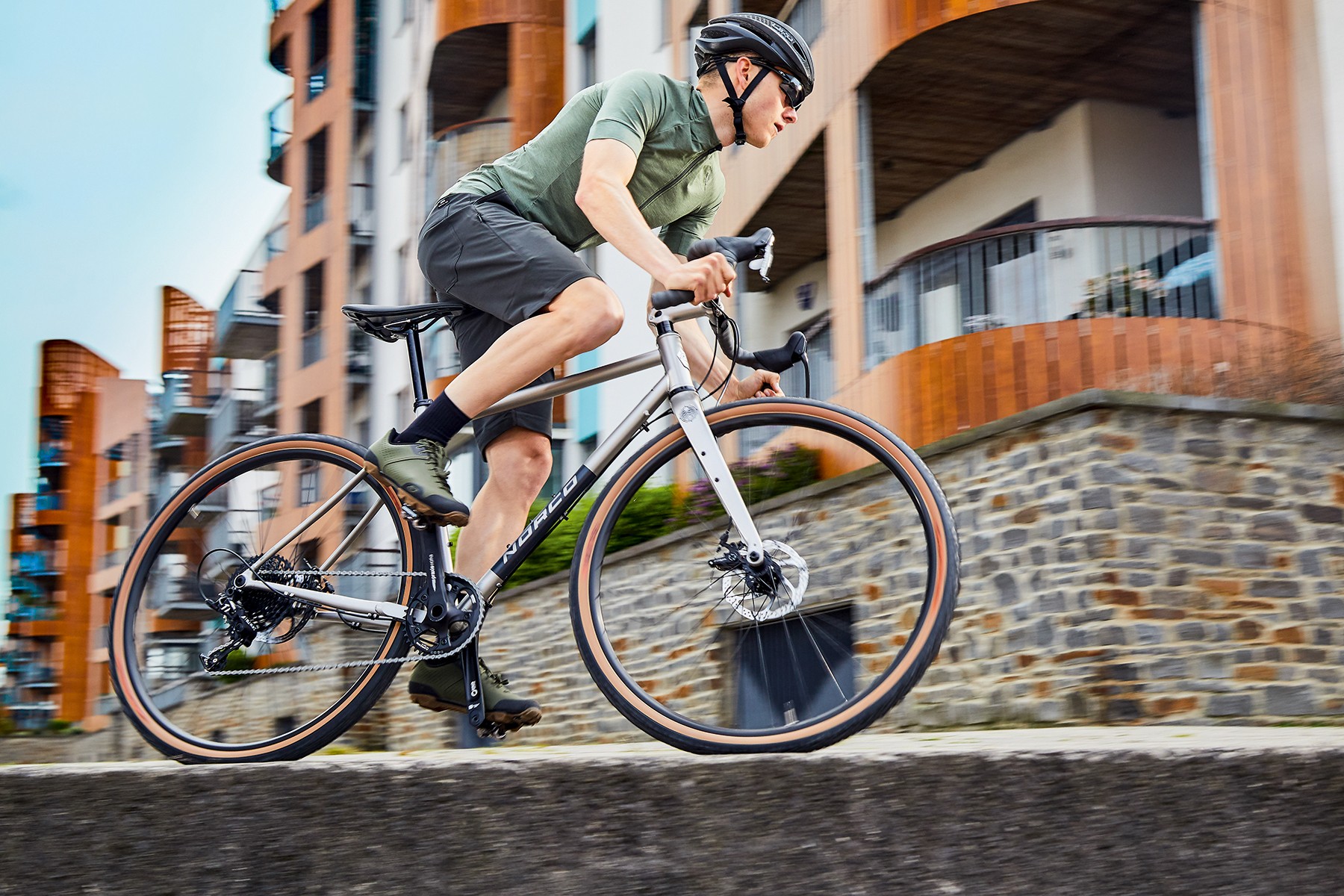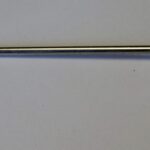So, you’re diving into the world of cycling? That’s fantastic! Cycling is a rewarding activity, offering fitness, transportation, and a connection with the outdoors. This beginner’s guide to cycling will equip you with the knowledge you need to get started on the right foot.
Whether you’re interested in road cycling, mountain biking, or simply commuting through the city, these tips will help you enjoy your two-wheeled adventure to the fullest.
As the legendary Eddy Merckx said: “Ride as much or as little, as long or as short, as you feel. But ride.”
Best Cycling Clothing for Beginners
What you wear can significantly impact your cycling experience. Comfortable and functional clothing can make all the difference.
1. Padded Cycling Shorts
Say goodbye to saddle soreness! Invest in a good pair of padded cycling shorts.
The best cycling shorts provide cushioning and support, making long rides much more comfortable. Avoid wearing underwear underneath padded shorts to prevent chafing. Focus on finding the best bike saddle for your body and setting it to the correct height.
2. Wear a Cycling Helmet
Safety first! A cycling helmet is non-negotiable.
The best road bike helmets and best mountain bike helmets can protect your head in case of an accident. Helmets are now comfortable, lightweight and affordable. All helmets meet safety standards.
3. Try Clipless Pedals
For increased efficiency, consider clipless pedals.
Clipless pedals allow you to clip your shoes into the pedals, creating a more secure and powerful connection. Though confusing at first, learning how to use clipless pedals is well worth the effort. This will improve your pedaling efficiency and overall performance.
4. Mountain Bikers, Wear Protection
Mountain biking requires extra protection.
Essential gear includes gloves and knee pads. Depending on the technicality of the trails, you might also consider armor and pads for your elbows and back.
5. Get Some Cycling Sunglasses
Protect your eyes from the elements with cycling sunglasses.
The best cycling sunglasses shield your eyes from bugs, stones, sun, and rain. Look for sunglasses with interchangeable lenses for different lighting conditions.
Bike Maintenance Made Easy
Keeping your bike in good working order is crucial for a safe and enjoyable ride.
6. Use Chain Lube
A clean and lubricated chain is a happy chain.
Regularly clean and lubricate your chain, especially after riding in wet conditions. This prevents the dreaded “creak” and extends the life of your drivetrain components.
7. Check Your Tyre Pressure
Proper tyre pressure is essential for a smooth and efficient ride.
Refer to the sidewall of your tyres for recommended pressure. The best bike pumps will have a pressure gauge.
8. Fit Mudguards/Fenders for Wet Conditions
Stay dry and comfortable with mudguards.
Mudguards are a must-have for riding in wet conditions. They protect you and your bike from road spray.
9. Keep Your Bike Clean
Regular cleaning will keep your bike looking and performing its best.
Hot soapy water and a sponge are sufficient for most cleaning tasks. Use a specialist degreaser for the drivetrain.
10. Master Puncture Repair
A flat tyre is inevitable, so learn how to fix it.
Carry a repair kit with tyre levers, patches or a new inner tube, and a pump. Knowing how to fix a puncture will save you from being stranded miles from home.
What to Eat and Drink When Cycling
Fueling your body properly is essential for endurance and performance.
11. Stay Hydrated
Dehydration can ruin a ride.
Whether you prefer a water bottle or a hydration pack, always bring plenty of fluids. Refill your bottle whenever possible.
12. Stay Fueled
Avoid “bonking” by consuming enough calories.
Consume 100 to 250 calories every 30 minutes. Energy gels, cereal bars, and bananas are all good options.
13. Use Electrolytes
Replace electrolytes lost through sweat to prevent cramping.
Sports drinks or homemade energy drinks (fruit juice, water, sugar, and salt) can help replenish electrolytes.
14. Refuel
Replenish your energy stores after a hard ride.
Consume a meal or snack with a 4:1 carbs-to-protein ratio.
15. Give It the Beans
Enjoy a mid-ride coffee stop for a performance boost.
Caffeine has been shown to improve endurance on the bike.
Cycling Safety for New Cyclists
Safety is paramount. Always be aware of your surroundings and follow traffic laws.
16. Communicate
Let someone know your route and estimated return time.
Use a bike computer or cycling app with a tracking feature to share your location.
17. Get Street-Wise
Learn basic traffic-riding skills.
Be assertive, stay out of the gutter, and know your rights as a cyclist. Understand the difference between primary and secondary riding positions.
18. Don’t Jam the Brakes
Use your brakes carefully.
Distribute braking power between the front and rear brakes. Be careful not to lock up the wheels, especially the front.
19. Turning Technique
Maintain control while cornering.
Keep your outside pedal at the lowest position and apply pressure to it for better grip.
20. Better Together
Consider riding with a group.
Riding in a group can be more efficient and social. Communicate with other riders and avoid sudden movements.
Riding Technique
Proper riding technique can improve your efficiency and comfort.
21. Sit Comfortably
Ensure your bike is properly fitted.
A professional bike fit can improve your comfort, power, and overall enjoyment.
22. No Chain Strain
Avoid “cross chaining” your gears.
This places unnecessary stress on the chain and drivetrain.
23. Spin
Maintain a high, regular cadence.
Aim for 70 to 90 pedal revolutions per minute. Shift into a lower gear before hills.
24. Team Up
Find riding buddies.
Join a cycling club or invite friends to ride with you.
25. Grin
Most importantly, have fun!
Don’t worry too much about having the “right” gear or the “best” bike. The best bike is the one you enjoy riding.

